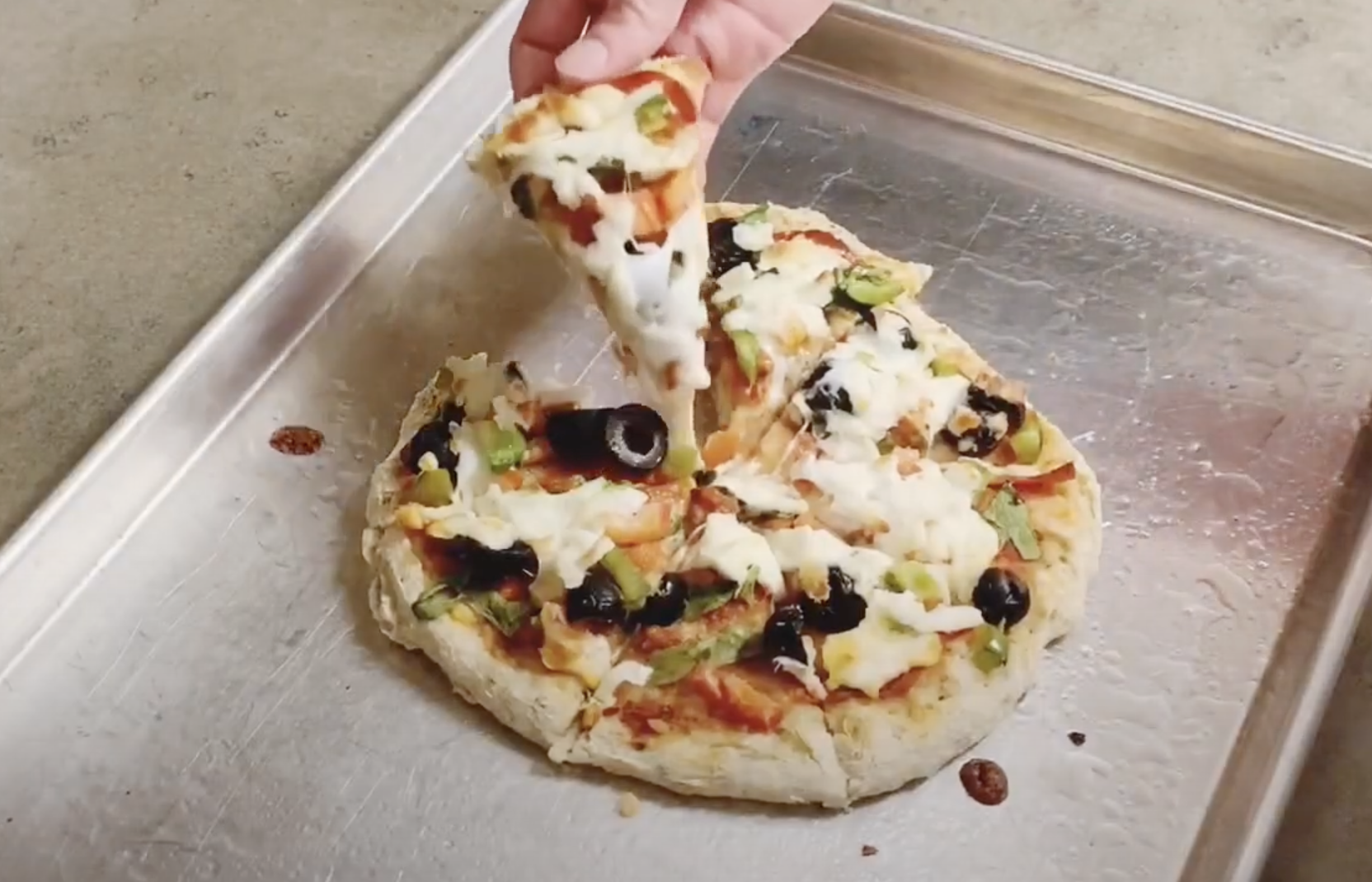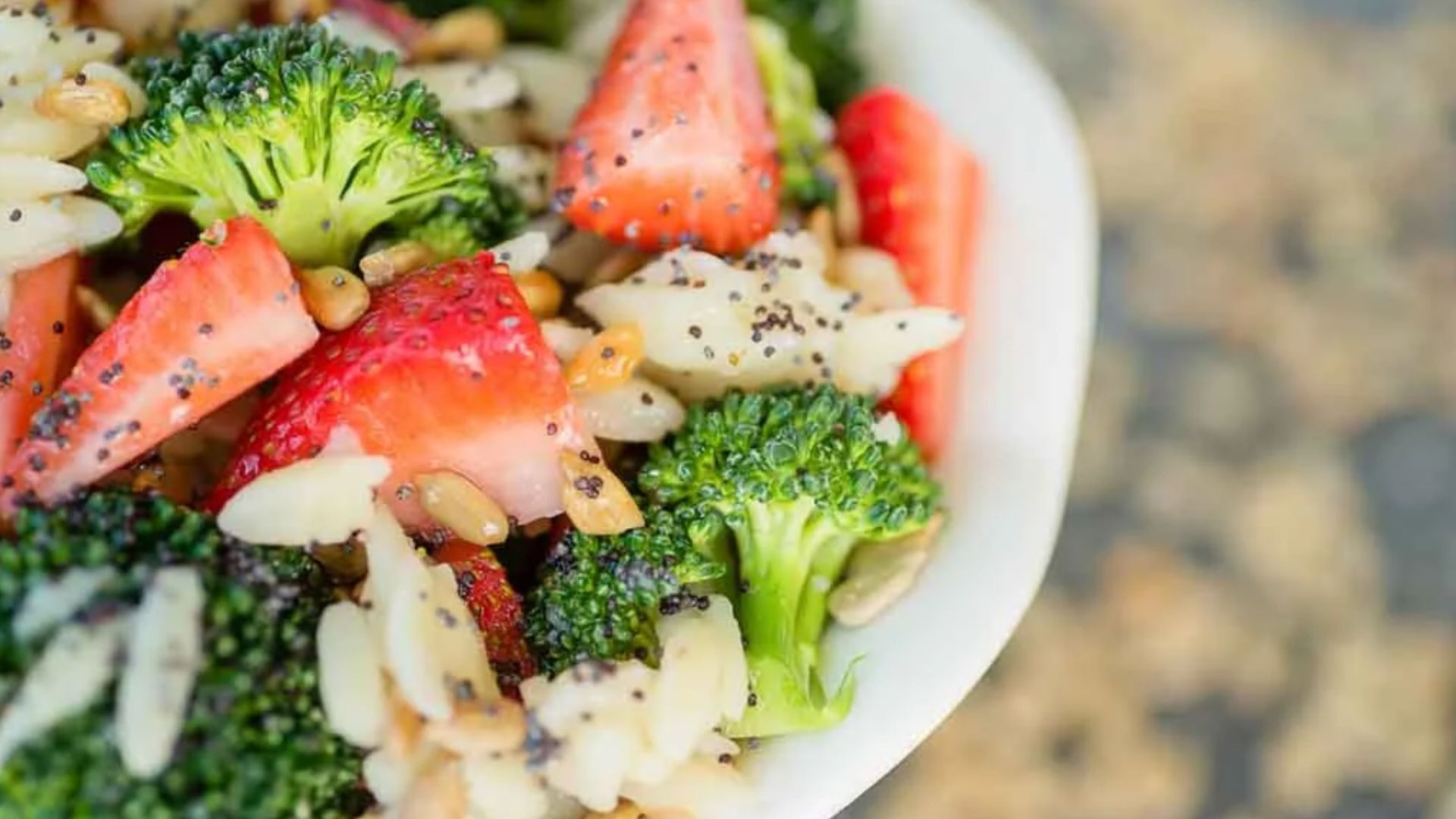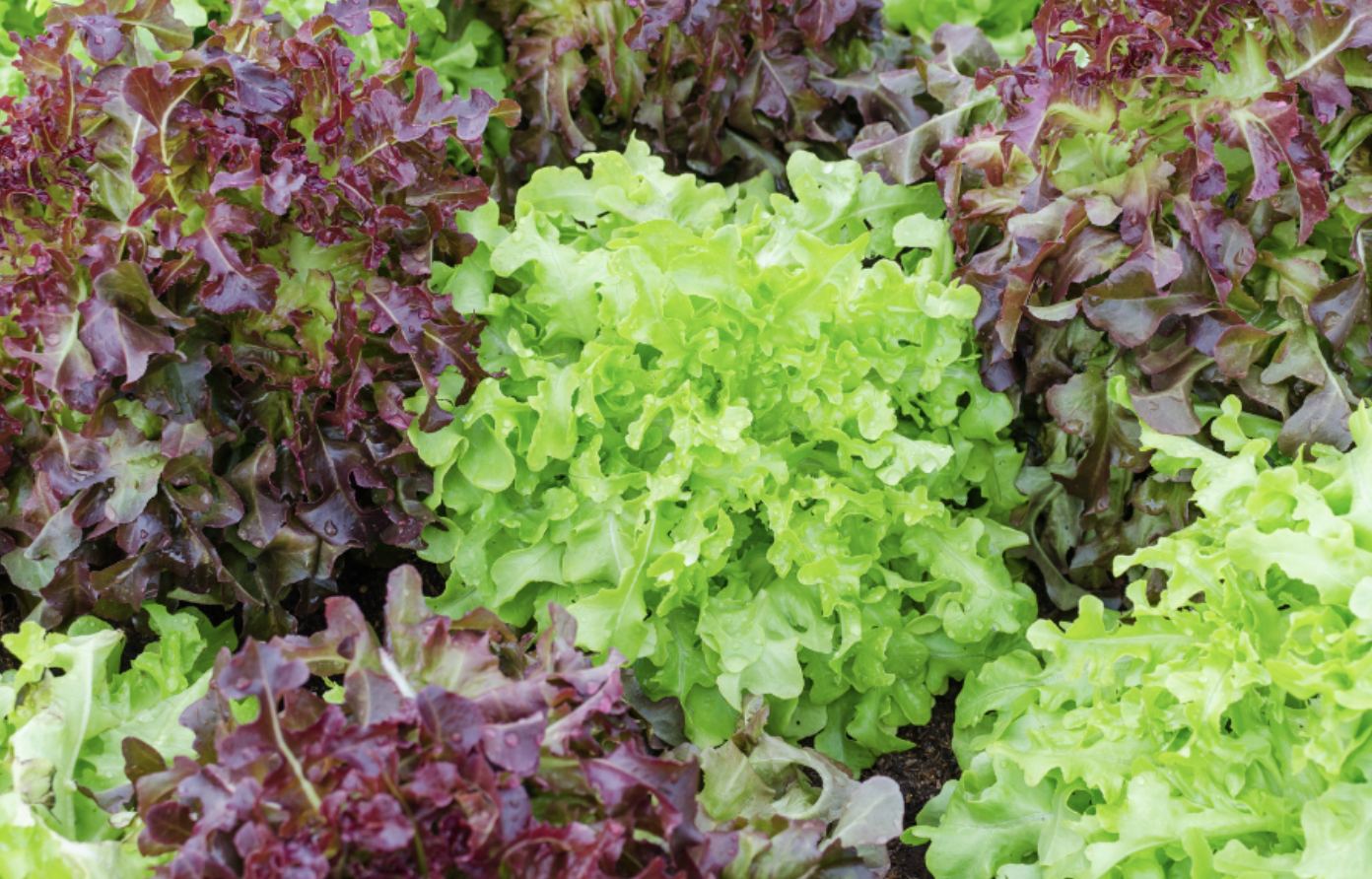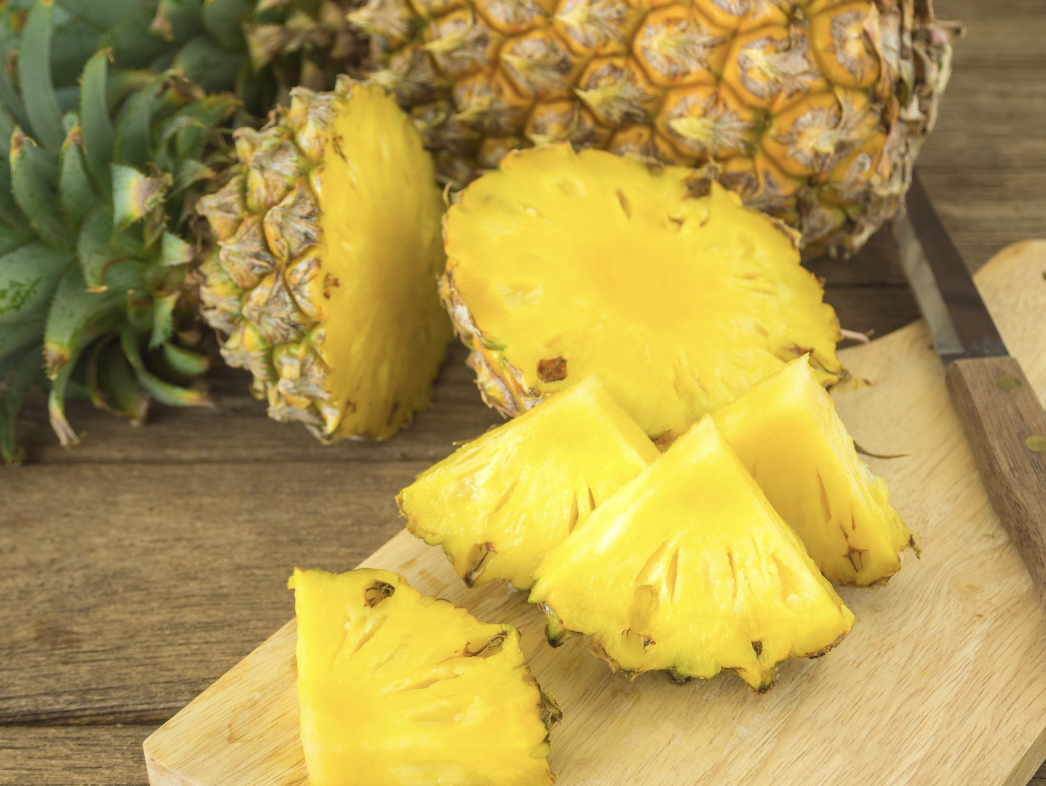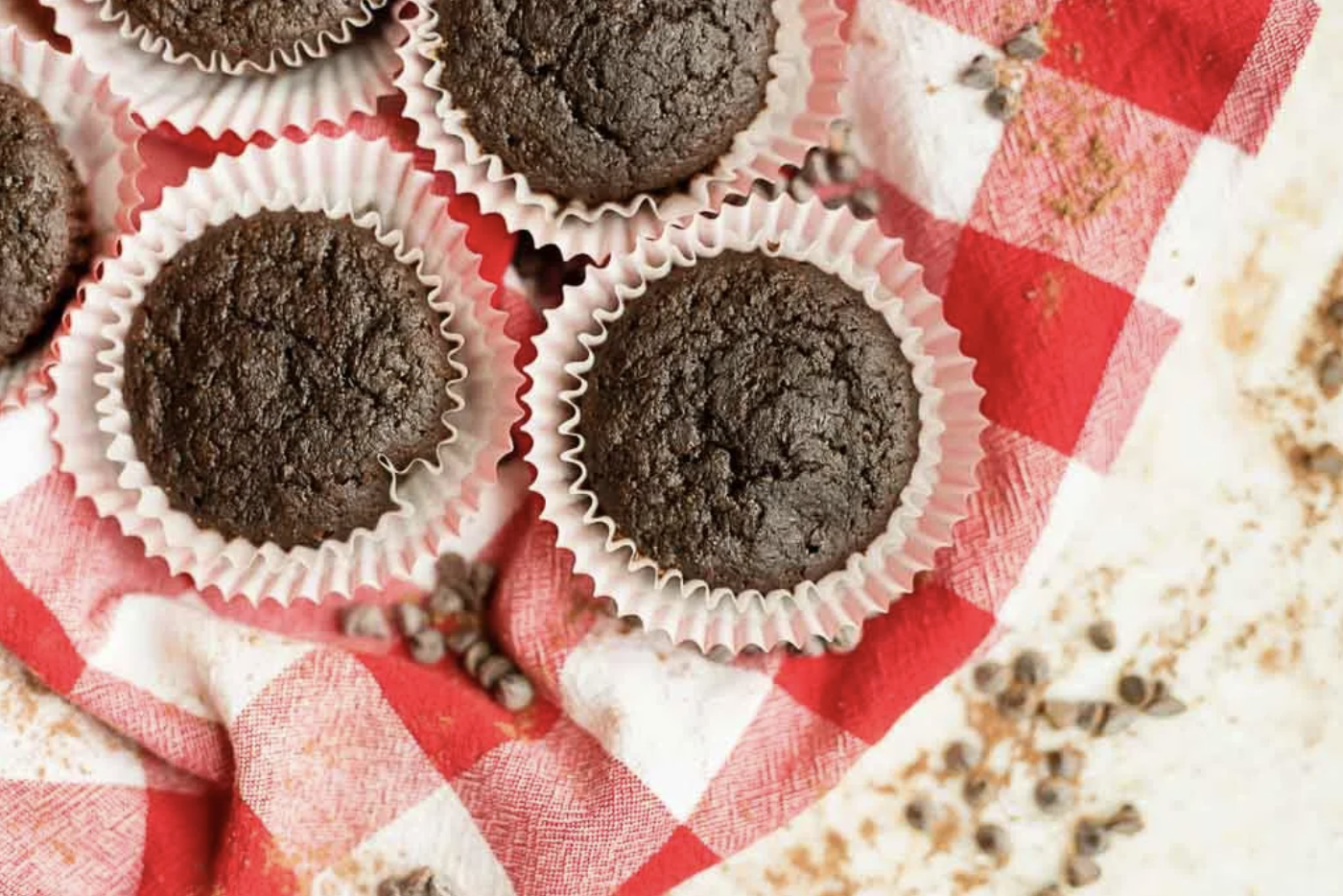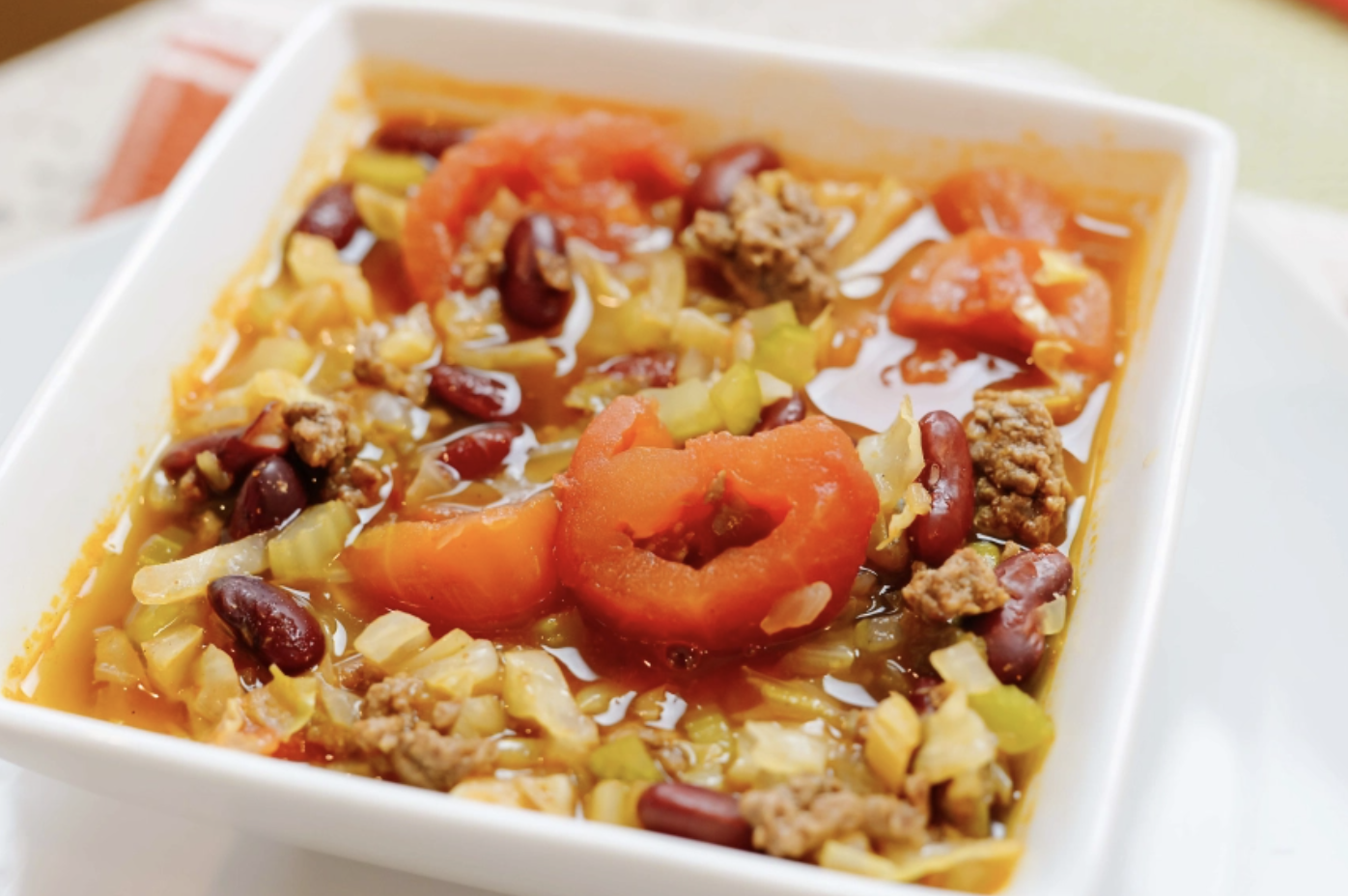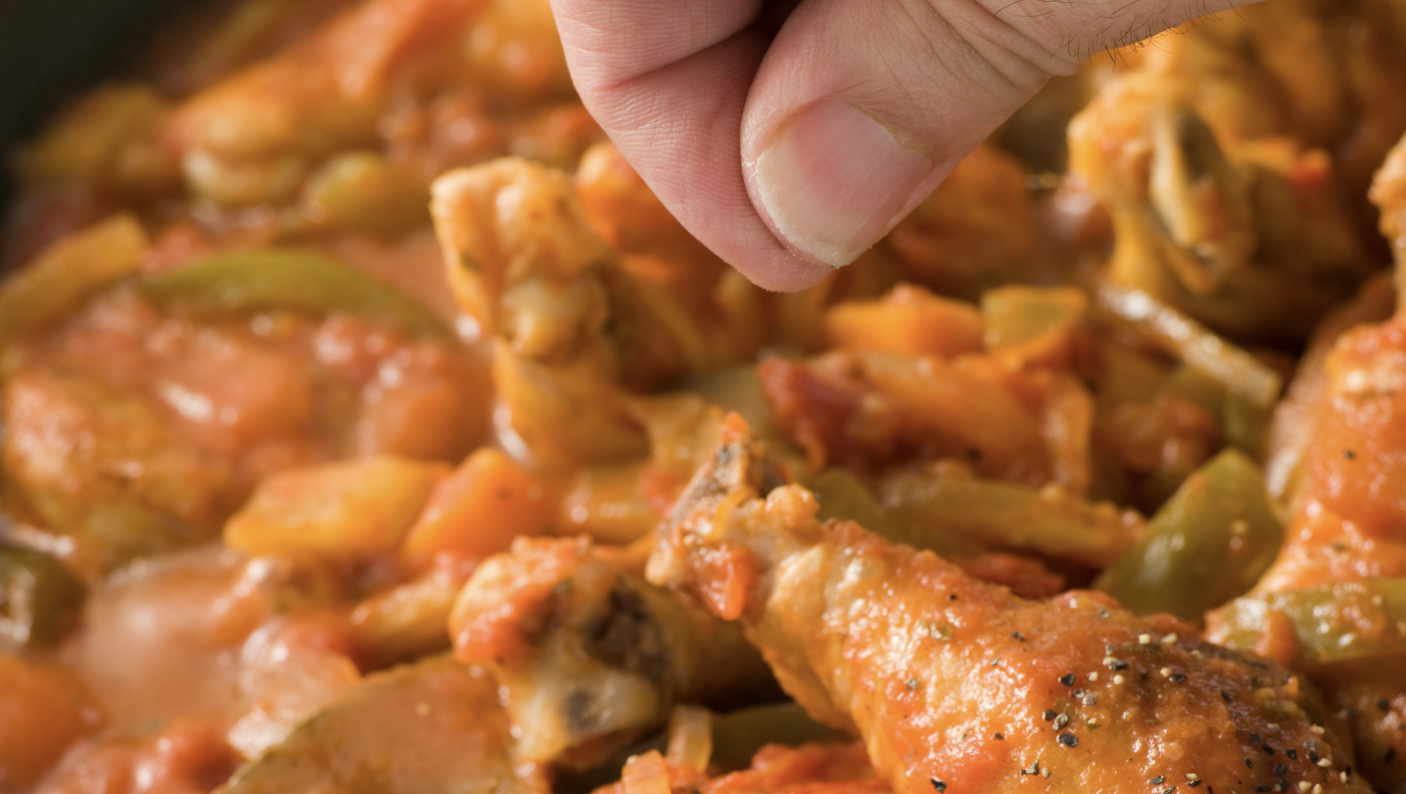Sip Smart: Homemade Electrolyte Drink Recipe
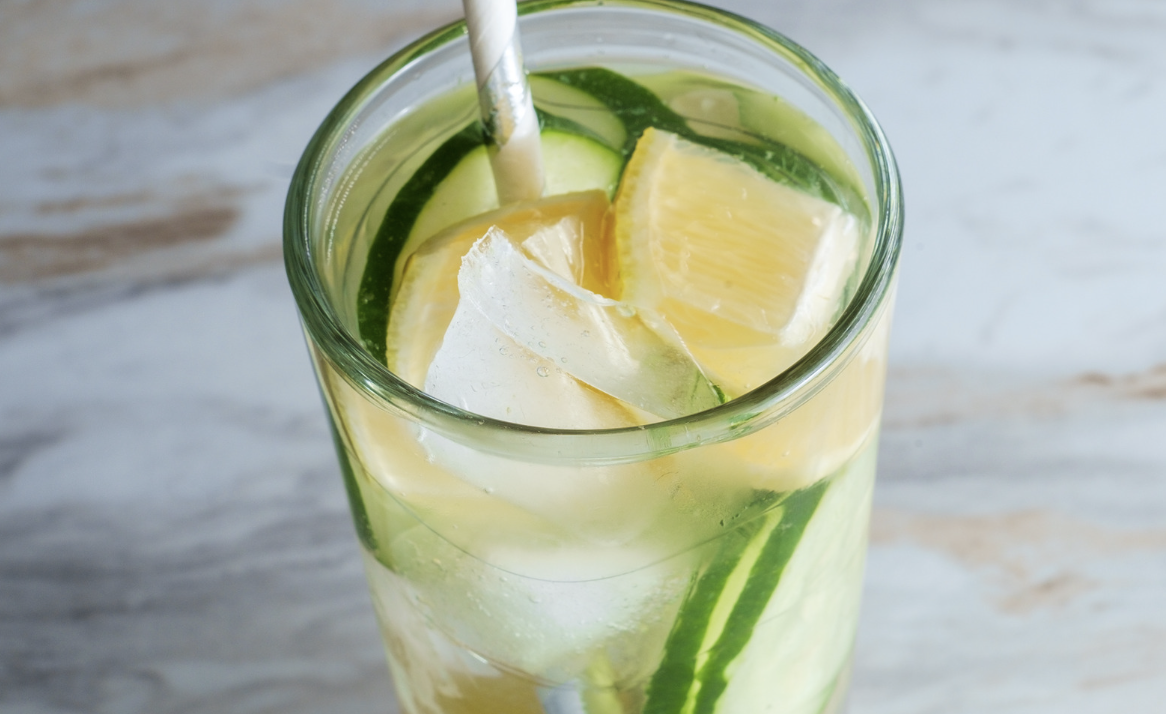
Homemade Electrolyte drinks are a great way to stay hydrated and improve energy levels without the negative effects of caffeine! If you're looking to cut back on caffeine and find alternative healthier options, this is the place for you.
In this article, we will cover everything you need to know about caffeine and how to making electrolyte water in its place.
In this post you'll find:
- Impacts of Caffeine
- Recommended Caffeine Intake
- Common Drinks and Their Caffeine Content
- How to Make Electrolyte Water for Dehydration
- Homemade Electrolyte Drink: Strawberry Lime Electrolyte Water
Impacts of Caffeine
Some people may rely on caffeine for extra energy. It is a stimulant of the nervous system and causes you to become more alert with a boost of energy. Sounds good, right? Along with that boost of energy come some negative side effects
Depending on the amount of caffeine you consume, one or more of the following side effects may occur:
- Jitteriness
- Increased anxiety
- Increased Blood Pressure
- Stomach irritations
- Irritability
- Decreased quality and length of sleep
- Headaches
- Abnormal heart rhythms
The effects of caffeine will differ for each individual as well as the intensity of the side effects. How much is too much? Every person responds differently to caffeine so what works for one person could be too much for another person. The key is to watch for negative side effects. Extremely high intakes of caffeine can trigger serious health problems such as heart attack, stroke, or even death.
Recommended Caffeine Intake
The Mayo Clinic recommends the following daily limits of caffeine:
- Adult: less than 400 mg/day
- Adolescent: less than 100 mg/day
- Child: 0 mg/day
If consumed regularly, an individual can become dependent on caffeine. As little as 100 mg/day can cause dependency so it is very important to monitor your intake. The chart below shows some of the commonly consumed caffeinated beverage and the amount of caffeine they contain.
Common Drinks and Their Caffeine Content
Below is a chart of common drinks and their caffeine content. Get a printable version of this chart here. 
As you can see, caffeine can add up quickly when you consume one or more caffeinated beverages a day.
If you become dependent and are looking to break your dependency you should decrease you daily intake slowly. You may experience some fatigue while decreasing your intake.
Find alternate ways to increase your energy, like getting enough sleep, staying hydrated, eating a healthy diet, and exercising daily. If your fatigue persists even when implementing these healthy behaviors, consult a doctor. An extreme amount of fatigue could be a sign of an underlying health problem.
How to Make Electrolyte Water for Dehydration
Creating electrolyte water to combat dehydration is simple and can be done with a few basic ingredients. Here’s a step-by-step guide on how to make electrolyte water for dehydration:
Electrolyte Water Ingredients:
- Water: Start with 4 cups of water. You can adjust the quantity based on your needs.
- Salt (optional): Get 1/4 to 1/2 teaspoon of salt. Choose sea salt, Himalayan salt, or regular table salt. Salt will help replenish lost sodium.
- Sugar or Sweetener: Use 2-4 tablespoons of a sweetener of your choice, such as honey, agave nectar, or sugar. This provides carbohydrates for energy and makes the drink more palatable. Adjust the sweetness to your preference.
- Citrus Juice: Add juice from half a lemon or half an orange. Citrus fruits contain potassium and provide a refreshing flavor.
DIY Electrolyte Water
- Prepare Your Container: Start with a clean pitcher or container.
- Mix the Salt and Sweetener: In a separate small bowl, combine the salt and sugar (or sweetener). Stir until they are fully dissolved. This ensures even distribution in your electrolyte water.
- Add Citrus Juice and Other Desired Fruits: Squeeze the juice from half a lemon or half an orange into the container. Citrus fruits are a great source of potassium and add a pleasant flavor to the drink.
- Add Water: Pour the 4 cups of water into the container.
- Mix Thoroughly: Add the salt and sweetener mixture to the water. Stir the mixture well to ensure that all ingredients are fully dissolved and incorporated.
- Taste and Adjust: Taste the electrolyte water and adjust the sweetness and saltiness to your liking. You can add more sugar or salt if necessary.
- Chill and Serve: Refrigerate the electrolyte water for a few hours to chill it, or add ice cubes if you need it right away. Serve cold and enjoy!
Remember that homemade electrolyte water can help with mild dehydration, but for severe cases, it’s essential to seek medical attention.
Additionally, if you have specific dietary restrictions or health conditions, you may want to consult with a healthcare professional before making or consuming electrolyte drinks.
Homemade Electrolyte Drink: Strawberry Lime Electrolyte Water.
This is one of my favorite ways to make electrolyte water! It is so refreshing and easy to make. Give it a try and let me know what you think!
All you need is:
- 1/2 cup fresh lime juice
- 2 1/2 cups water
- 1/2 cup strawberries
- 2 T. honey
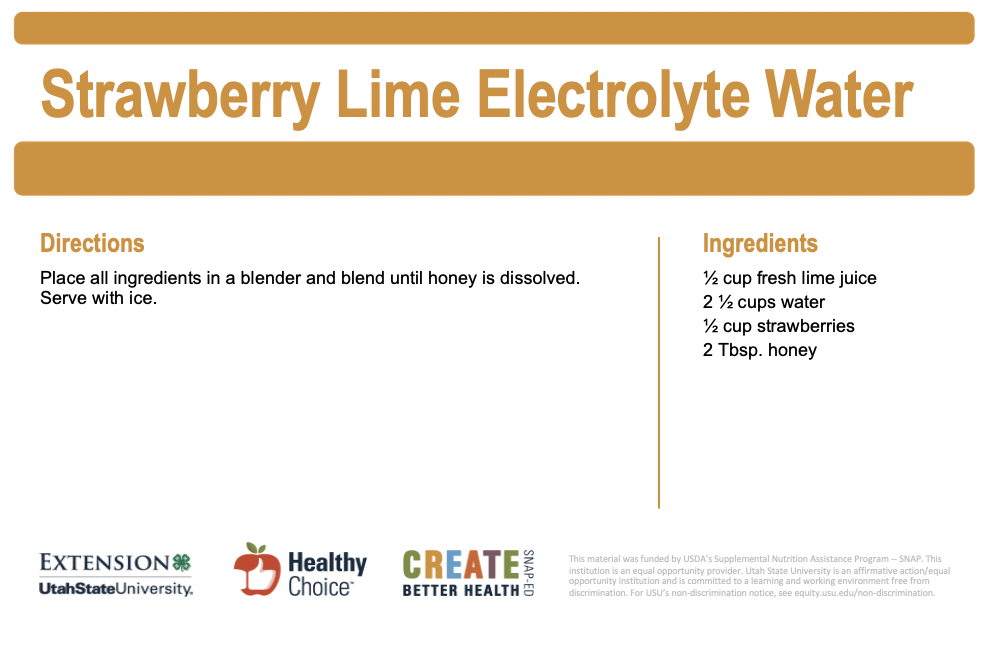
Pin “Sip Smart: Homemade Electrolyte Drink Recipe” to Pinterest!
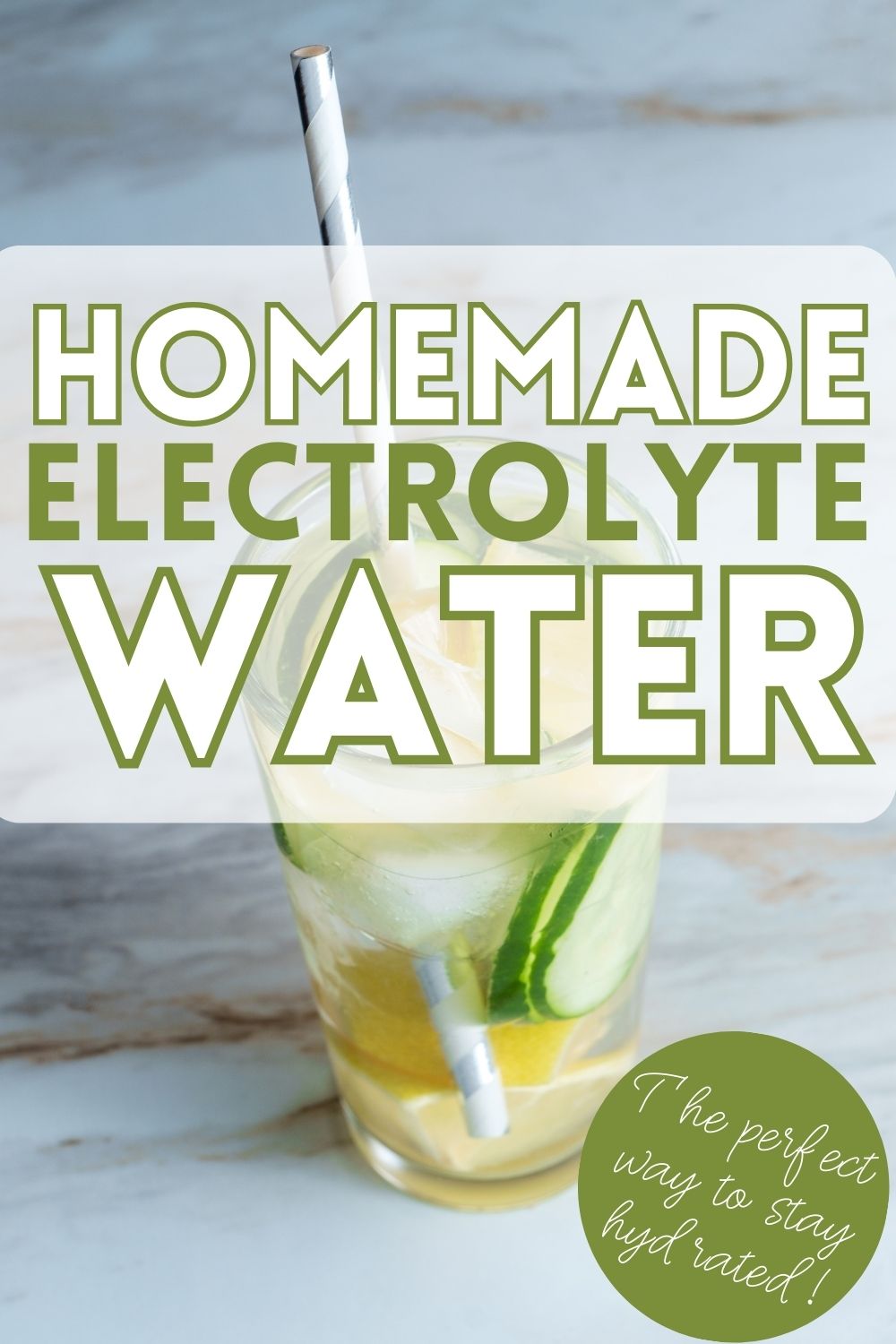
Don't miss out on our other delicious recipes and helpful posts!


